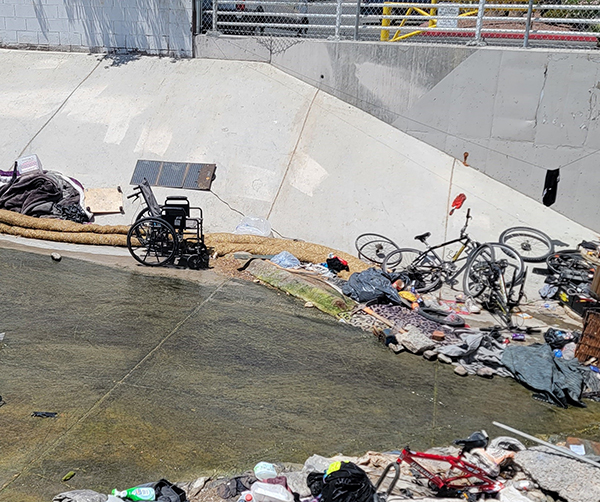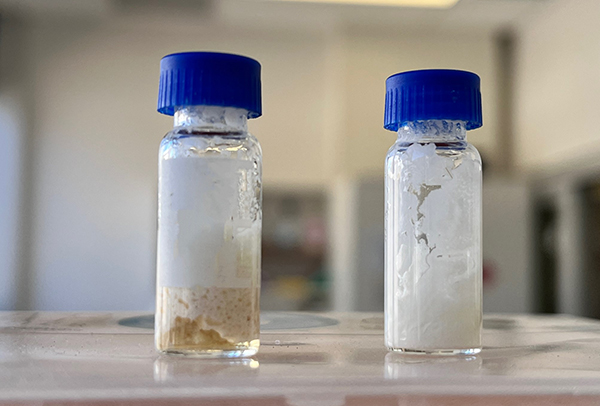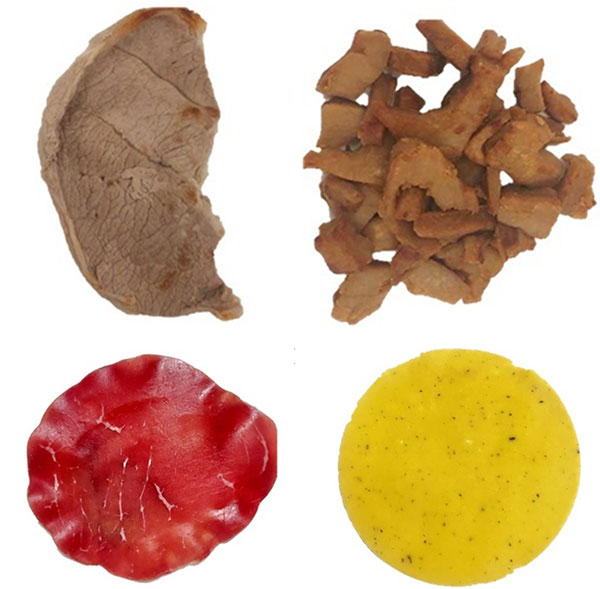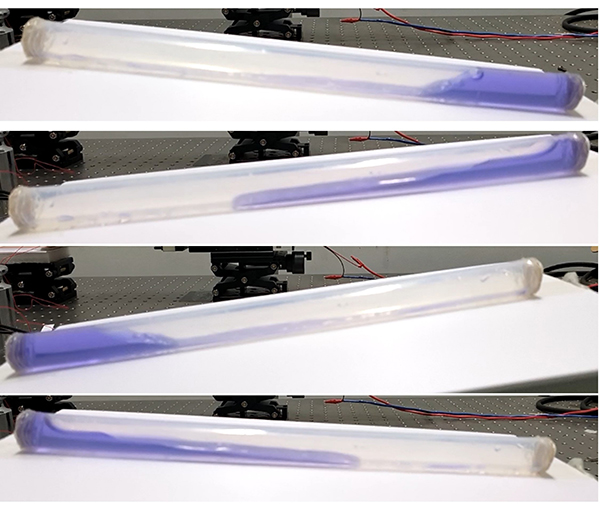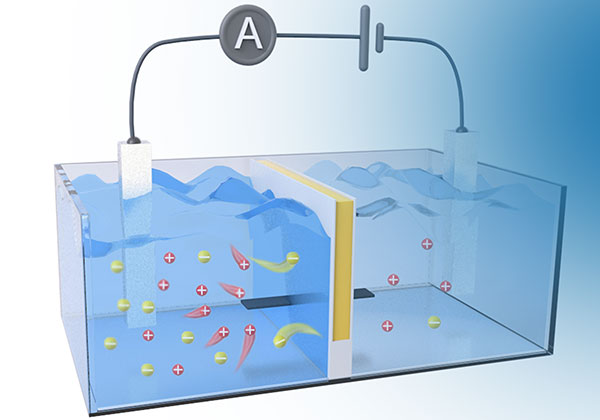While April showers bring May flowers, these months also kick off road construction season — when cracks and potholes that developed over the winter get fixed. But recent advances could make future roadways safer and repairs more sustainable, thanks to smart pothole monitoring, snail shells and graphene. The new approaches can be found in three papers recently published in ACS journals. Reporters can request free access to these papers by emailing newsroom@acs.org.
A smart pothole monitoring system for cars. By harnessing the vibrations that shake a vehicle as it drives over uneven pavement, researchers have created a system that could monitor and report a road’s health in real time. A demonstration of the technology is published in ACS Applied Materials & Interfaces. In the experiments, a vehicle equipped with the pavement monitoring system identified a pothole and a speed bump while driving around 6 miles per hour and displayed the information on a screen inside the car, which could direct road-fixing efforts faster.
Cooling concrete with snail shells. Researchers developed a powder from snail shells infused with carbon dioxide that can reduce the amount of heat that concrete pavement and roofs absorb from sunlight, as described in ACS Sustainable Chemistry & Engineering. The resulting material was mixed with Portland cement, water and a plasticizer, creating a highly reflective concrete. An outdoor test of the new concrete demonstrated its cooling ability, maintaining a surface temperature up to 10 degrees Fahrenheit lower than standard concrete.
Lighter, stronger concrete without sand. A proof-of-concept study in ACS Applied Materials & Interfaces details how a coal-derived product called coke could replace sand in concrete mixtures. Researchers converted the coke into a fine, graphene powder using an advanced heating process. The new graphene additive along with cement and water formed a concrete that, when cured, was both lighter and stronger than a version made with sand. The team says the new concrete’s properties are suitable for many types of construction.
###
The American Chemical Society (ACS) is a nonprofit organization chartered by the U.S. Congress. ACS’ mission is to advance the broader chemistry enterprise and its practitioners for the benefit of Earth and all its people. The Society is a global leader in promoting excellence in science education and providing access to chemistry-related information and research through its multiple research solutions, peer-reviewed journals, scientific conferences, eBooks and weekly news periodical Chemical & Engineering News. ACS journals are among the most cited, most trusted and most read within the scientific literature; however, ACS itself does not conduct chemical research. As a leader in scientific information solutions, its CAS division partners with global innovators to accelerate breakthroughs by curating, connecting and analyzing the world’s scientific knowledge. ACS’ main offices are in Washington, D.C., and Columbus, Ohio.
To automatically receive press releases from the American Chemical Society, contact newsroom@acs.org.
Note: ACS does not conduct research, but publishes and publicizes peer-reviewed scientific studies.

